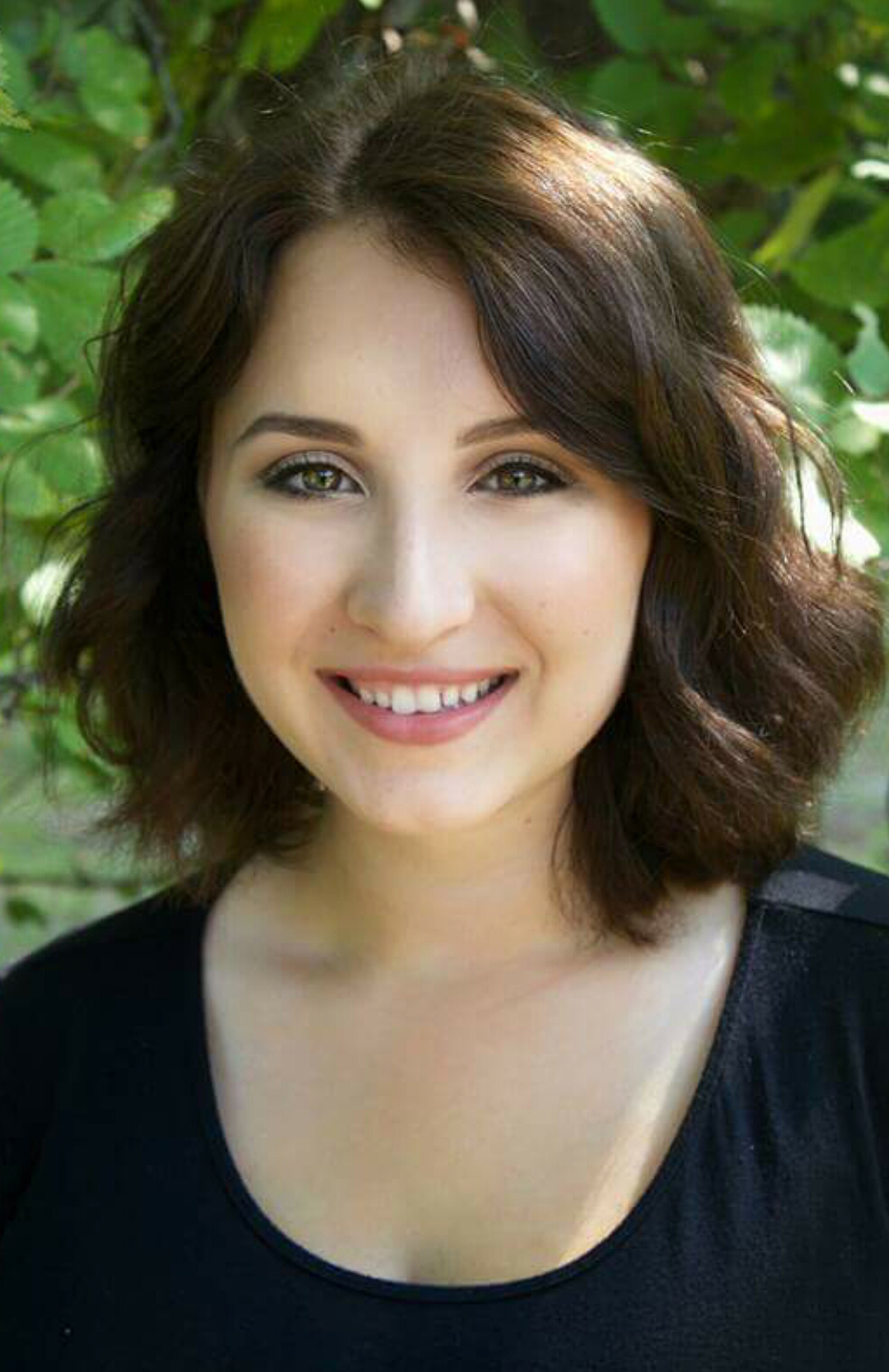
DAN ORZECHOWSKI and TRAVIS LEFEVRE
News Editor and The Scallion Editor
The announcement of the Excelsior scholarship was intended to pave the way for affordable higher education for middle-class students. Some people, however, fall just short of that.
In the Fall of 2015, Caroline Schettler began her collegiate career at Niagara University. She soon realized that Niagara wasn’t the best fit for her. “It’s a great school, great program,” said Schettler, “but it just wasn’t the place that I needed to grow.”
After earning 18 credits as a theatre major, Schettler decided not to waste any time, and enrolled at Continental Beauty School as well as Erie Community College later on. By the end of the summer, she had acquired her cosmetology license and another 12 credits from ECC.
Immediately after graduating from Continental, Schettler had moved on to enrolling at Fredonia. “I graduated cosmetology school on a Friday in August and Saturday was move-in day here.”
Now a junior at Fredonia, Schettler is majoring in acting, English, political science, and plans on going to law school. She’s no slacker either. While maintaining a 3.89 grade point average, the only “blemishes” found on Schettler’s transcript are two Bs.
This past summer, like thousands of other college students in New York, Schettler applied for the Excelsior scholarship. According to the Higher Education Services Corporation (HESC), Schettler did not qualify.
This spring, Governor Andrew M. Cuomo announced that the Excelsior scholarship will provide tuition-free college for New Yorkers. Aimed to help the middle class, the scholarship only applies to applicants with a household income of up to $100,000. Students must also attend a public college or university within the state of New York.
“There is no child,” said Cuomo at the time of his announcement, “who will go to sleep tonight and say, I have great dreams, but I don’t believe I’ll be able to get a college education because parents can’t afford it.”
Out of the entire undergraduate population at Fredonia, only 12 percent of students were deemed eligible for the scholarship.
One reason for the low number, according to Cedric Howard, Vice President of Enrollment and Student Services, is that 65 percent of the undergraduate population exceeds the $100,000 household income threshold.
Schettler was originally told by the HESC that she was ineligible to receive the scholarship because she “did not earn a sufficient number of credits in each year [she was] in college.” To receive the scholarship, students must take 30 credits per calendar year, which includes January and summer sessions.
The HESC defines a semester’s length as 15 weeks. Summer sessions are 12 weeks long, and Fredonia J-terms last just over a week.
Even though these are shorter than the traditional 15-week-long semester, the credits should still count towards the 30 required credits per year.
Schettler’s mother, Nancy, responded to Schettler’s rejection, asking for a further explanation since Schettler did in fact meet the credit requirement. After a second review, the HESC then said Schettler did not qualify because she was not enrolled in the Spring of 2016.
Even though she did not return to Niagara University for a second semester, Schettler had taken courses at ECC over that summer. These credits should’ve been recognized by the HESC since they were in the same calendar year.
The New York State Senate’s website explains the details behind the laws pertaining to the scholarship, and nowhere on the site is continuous enrollment mentioned as a scholarship requirement.
However, according to the FAQ page on the HESC’s website, students are deemed not eligible for the scholarship if there is a “break in attendance before pursuing their associate’s degree or a bachelor’s degree.”
During her high school career, Schettler accumulated 12 AP credits, which, also according to the HESC FAQ, can be applied in any manner to meet the 30 credit per year requirement. It is not clear on whether or not the AP credits can be used as a substitute for a break in attendance.
The scholarship, while providing a good look for the state’s administration, provides a near non-existent amount of wiggle room for applicants and many aspects of the scholarship are ambiguous.
According to Schettler, “it’s not a black and white situation for anyone. There are so many shades of grey, and this law does not account for any of those shades of grey.”
Cuomo, who Senator Kirsten Gillibrand considers a “great candidate” for the next presidential race, is also up for reelection next year. The Excelsior Scholarship appears to be another step toward a potential run for the presidency.
For Schettler, the scholarship rejection is about more than just herself. “It gives [Cuomo] and the state government a good image. But when it comes down to how you apply the law, it is so unfair and so bias[ed] and so difficult to get. It’s incredibly difficult to get and it’s unfair towards us, the students who are actually working our butts off.”
